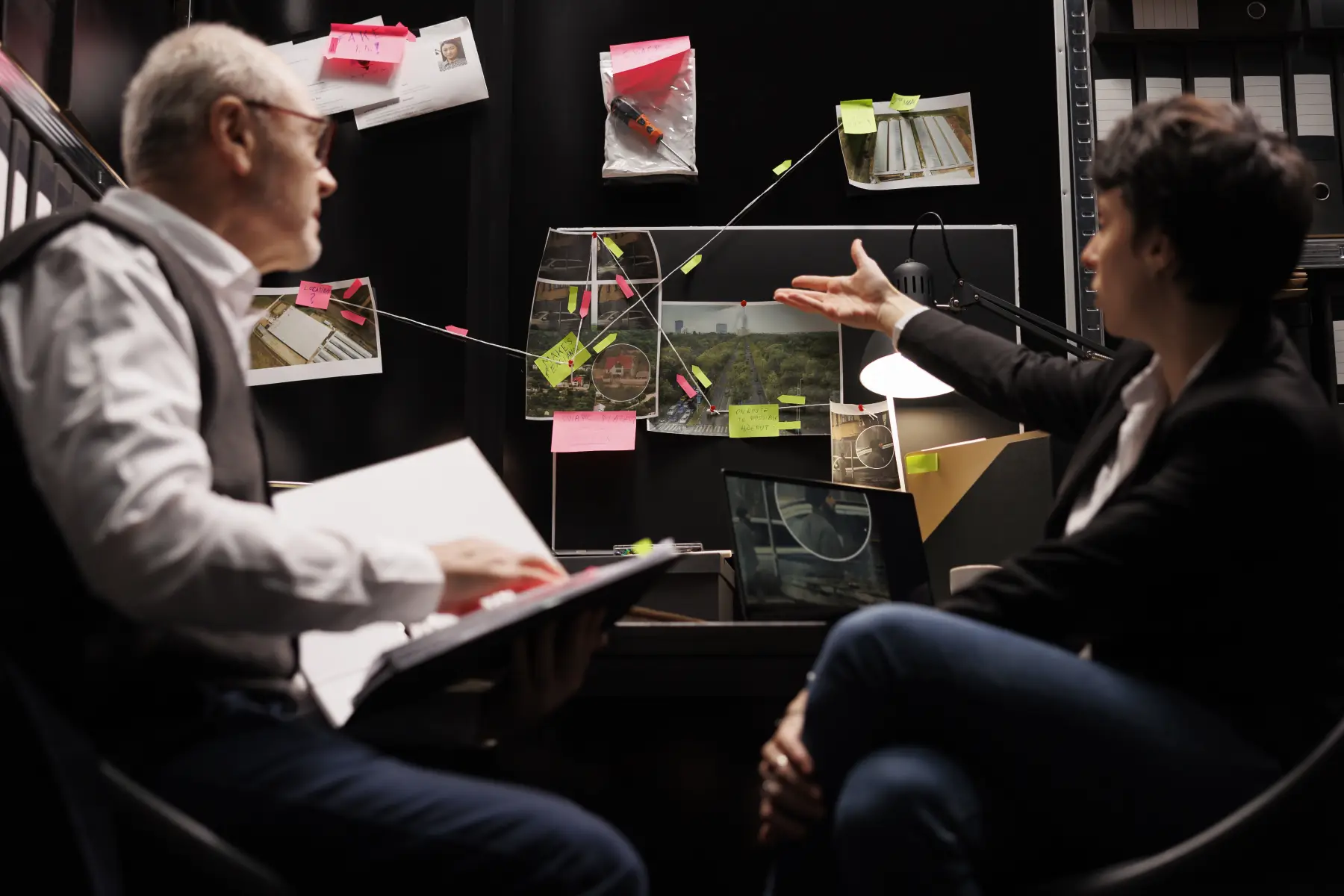Executive Summary
In today’s rapidly evolving business landscape, effective communication and teamwork have transcended from being merely desirable qualities to becoming critical drivers of organisational success. This whitepaper explores the intricate relationship between business communication and team effectiveness, offering a comprehensive framework for understanding, assessing, and enhancing communication practices that foster exceptional teamwork. Drawing on contemporary research, expert insights, and real-world case studies, it provides business leaders, managers, and professionals with actionable strategies to build communication excellence, strengthen collaboration, and drive superior business outcomes in UK organisations.
SEO focus: business communication, effective teamwork, workplace collaboration, team performance, professional communication, organisational success.
Table of Contents
- Introduction: The Communication-Teamwork Nexus
- The Business Case for Communication Excellence
- Core Elements of Effective Business Communication
- Communication as the Foundation of Team Success
- Modern Challenges: Communication in Diverse, Hybrid, and Remote Teams
- Building Blocks of Communication-Driven Teamwork
- Communication Frameworks for Team Development
- Practical Tools and Technologies for Enhanced Team Communication
- Measuring and Improving Communication Effectiveness
- Case Studies: Communication Excellence in UK Organisations
- Recommendations for Leaders and Professionals
- Conclusion: The Future of Connected Teams
- References and Further Resources
Introduction: The Communication-Teamwork Nexus
In an age of digital transformation, globalisation, and unprecedented workplace change, the ability of organisations to foster clear, effective communication has never been more crucial. Communication serves as the foundation upon which all teamwork, collaboration, and ultimately, business success is built.
Studies by the Chartered Management Institute reveal that teams with strong communication practices are 50% more likely to have lower turnover, 44% more likely to deliver projects on time, and significantly more innovative than their counterparts with poor communication.
Yet despite its importance, communication is frequently cited as the primary obstacle to team effectiveness. A CIPD survey found that 38% of UK employees identify poor communication as the biggest barrier to productivity and engagement in their organisations.
This whitepaper addresses this paradox by exploring the fundamental relationship between communication and teamwork, offering evidence-based insights and practical strategies to transform how people connect, collaborate, and create value together.
The Business Case for Communication Excellence
The costs of poor communication are staggering. According to research by The Holmes Report, miscommunication costs UK businesses an estimated £7,500 per employee annually through lost time, missed opportunities, errors, and rework.
Conversely, organisations with strong communication cultures experience:
- Higher Productivity: Teams with transparent communication report 25% higher productivity (Gallup).
- Enhanced Innovation: Open communication environments see 41% more innovation initiatives (McKinsey).
- Improved Engagement: Effective internal communication correlates with 40% higher employee engagement levels (Engage for Success).
- Better Customer Outcomes: Teams that communicate effectively internally deliver 20% higher customer satisfaction (PwC).
- Greater Financial Returns: Companies with effective communication practices generate 47% higher returns to shareholders over five years (Towers Watson).
This substantial ROI makes strategic investment in communication capabilities a business imperative—not merely an HR initiative.
Core Elements of Effective Business Communication
Business communication encompasses far more than words exchanged. A comprehensive view includes:
- Clarity and Precision
Messages must be clear, concise, and tailored to their audience. The goal is understanding, not merely information transmission. - Active Listening
Effective communication is bidirectional. Active listening—being fully present, demonstrating attention, and seeking understanding—is as vital as articulate expression. - Channels and Formats
Different messages require different media. Choosing the appropriate channel (email, meeting, chat, video, etc.) significantly impacts effectiveness. - Emotional Intelligence
Understanding and managing emotions—both one’s own and others’—creates psychological safety and fosters authentic communication. - Feedback Mechanisms
Regular, constructive feedback loops enable continuous improvement and create a culture of openness. - Non-verbal Communication
Body language, tone, facial expressions, and other non-verbal cues often communicate more powerfully than words alone. - Cultural Awareness
In diverse teams, cultural differences in communication norms must be recognised and navigated with sensitivity and adaptability.
For more on these elements, see the CIPD’s Communication Factsheet.
Communication as the Foundation of Team Success
Effective teams are built on communication excellence. According to Tuckman’s model of team development, teams progress through forming, storming, norming, and performing stages—each requiring specific communication approaches.
How Communication Powers Team Development:
- Trust Formation: Open, consistent communication builds the psychological safety needed for collaboration.
- Conflict Resolution: Healthy teams address tensions through constructive dialogue rather than avoidance.
- Decision Making: Effective information sharing enables better, more inclusive decisions.
- Coordination: Clear communication ensures alignment and reduces duplication of effort.
- Innovation: Teams that communicate well create environments where diverse perspectives are expressed and novel ideas emerge.
Research conducted by Google’s Project Aristotle identified psychological safety—the ability to take risks without feeling insecure or embarrassed—as the primary driver of team effectiveness. This safety is fundamentally a product of communication norms.
Modern Challenges: Communication in Diverse, Hybrid, and Remote Teams
Contemporary workplaces present unique communication challenges:
- Remote and Hybrid Teams
Distributed teams miss natural interaction opportunities and face challenges in building rapport. They require:
- More structured communication cadences
- Greater intentionality in relationship-building
- Clearer documentation and asynchronous communication
- Emphasis on equity between remote and in-office team members
See ACAS guidance on hybrid working for more insights.
- Diverse and Inclusive Communication
Teams comprising different backgrounds, generations, and thinking styles need:- Awareness of cultural communication differences
- Inclusive language and practices
- Multiple channels to accommodate preferences
- Recognition of both visible and invisible diversity factors
- Digital Overload and Attention Scarcity
Information saturation challenges include:- Alert fatigue and notification overload
- Difficulty distinguishing signal from noise
- Maintaining focus amid constant interruptions
- Balancing synchronous and asynchronous modes
- Complex Stakeholder Networks
Modern teams interact with wider networks requiring:- Stakeholder mapping and communication planning
- Consistent messaging across boundaries
- Awareness of political and contextual factors
Building Blocks of Communication-Driven Teamwork
- Psychological Safety
High-performing teams create environments where members feel safe to take interpersonal risks. Leaders can build this through:- Acknowledging their own fallibility
- Being accessible and approachable
- Inviting and valuing input from all members
- Responding constructively to concerns and mistakes
- Communication Norms and Agreements
Explicit team agreements establish healthy patterns:- Meeting protocols (agenda sharing, participation expectations)
- Communication channel guidelines
- Response time expectations
- Confidentiality and trust boundaries
- Shared Understanding
Teams with strong communication work to establish:- Common language and terminology
- Aligned goals and priorities
- Clarity about roles and responsibilities
- Shared mental models for how the team operates
- Continuous Feedback Loops
Feedback-rich environments enable learning and adaptation:
- Regular retrospectives and after-action reviews
- Team health checks
- Individual feedback exchanges
- External stakeholder input mechanisms
For structured approaches to feedback, see MindTools’ feedback techniques.
Communication Frameworks for Team Development
- The Situation-Behaviour-Impact (SBI) Model
This framework offers a structured approach to giving clear, actionable feedback:- Situation: Describe the specific situation
- Behaviour: Note the observable behaviours
- Impact: Explain the effect of those behaviours
- Radical Candour (Kim Scott)
This approach balances care and challenge in communication:- Care personally about team members
- Challenge directly when needed
- Avoid both ruinous empathy and obnoxious aggression
- Nonviolent Communication (Marshall Rosenberg)
A four-step process for clear, empathetic communication:- Observe facts without judgment
- Identify feelings
- Connect feelings to needs
- Make specific requests
- RACI Matrix
A tool for clarifying roles in communication and decision-making:- Responsible: Who does the work?
- Accountable: Who makes the final decision?
- Consulted: Who provides input?
- Informed: Who needs to know the outcome?
Practical Tools and Technologies for Enhanced Team Communication
Modern teams benefit from thoughtful technology adoption:
- Collaboration Platforms
Centralised platforms like Microsoft Teams, Slack, or Workplace from Meta create digital workspaces with:- Persistent chat and messaging
- Document sharing
- Project tracking
- Integration with other tools
- Knowledge Management
Tools for capturing and sharing information:- Wikis and intranets
- Shared document repositories (SharePoint, Google Drive)
- Knowledge bases and FAQ systems
- Visual Collaboration
Visual tools aid complex communication: - Meeting Enhancement
Platforms to improve meeting quality:- Video conferencing with recording capability
- Meeting agenda and note systems
- Voting and polling tools
- Asynchronous Communication
Tools allowing work across time zones:- Video messaging (Loom)
- Collaborative documents with commenting
- Voice notes and audio sharing
The key is not the specific tools used, but their thoughtful integration into team processes and norms.
Measuring and Improving Communication Effectiveness
- Key Metrics for Communication Assessment
- Employee engagement scores (specifically communication-related questions)
- Information flow assessment (How quickly does information travel?)
- Meeting effectiveness ratings
- Project delay analysis (How often is poor communication cited?)
- Cross-functional collaboration measures
- Assessment Methodologies
- Communication network analysis
- Pulse surveys and feedback
- Team retrospectives
- External communication audits
- Developmental Approaches
- Communication skills training (See CMI communication courses)
- Coaching and mentoring
- Team facilitation and workshops
- Peer learning and communities of practice
For more on measurement approaches, see the Institute of Internal Communication’s resources.
Case Studies: Communication Excellence in UK Organisations
- Virgin Media O2: Hybrid Communication Strategy
Virgin Media O2 implemented a multi-channel internal communication framework to support their hybrid workforce. Key elements included:
- “Always on” digital town halls with leadership
- Cross-functional communication champions
- Democratised content creation
- Communication effectiveness scorecard
Results: 28% increase in employee engagement and 22% greater cross-team collaboration.
- NHS Improvement: Communication for Patient Safety
NHS Improvement introduced SBAR (Situation, Background, Assessment, Recommendation) communication protocols across clinical teams. This structured approach resulted in:
- 43% reduction in handover-related safety incidents
- Improved interdisciplinary teamwork
- Higher staff satisfaction with communication clarity
Read more at NHS Improvement.
- Nationwide Building Society: Purpose-Driven Communication
Nationwide transformed team effectiveness through purpose-aligned communication practices:
- Story-based communication connecting daily work to member impact
- Leader communication capabilities development
- Cross-functional communities of practice
- Transparency dashboards showing communication metrics
Results: UK Customer Satisfaction Index leader for eight consecutive years, with communication cited as a key differentiator.
Recommendations for Leaders and Professionals
For Organisational Leaders
- Model exemplary communication behaviours and hold other leaders accountable for the same.
- Invest in communication capabilities as a strategic priority, not an afterthought.
- Create feedback mechanisms to understand communication effectiveness across the organisation.
- Address systemic barriers to information flow and cross-boundary collaboration.
- Recognise and reward teams and individuals exemplifying communication excellence.
For Team Leaders and Managers
- Establish explicit team communication agreements and revisit them regularly.
- Create psychological safety by encouraging candour and responding constructively.
- Tailor approaches to the unique needs of team members and contexts.
- Balance structured and informal communication opportunities.
- Regularly review communication effectiveness through team retrospectives.
For Individual Contributors
- Develop active listening skills and practise empathy in all interactions.
- Seek and act on feedback about your communication effectiveness.
- Adapt your communication style to different audiences and contexts.
- Take responsibility for your role in team communication dynamics.
- Build awareness of your own communication preferences and potential blind spots.
Conclusion: The Future of Connected Teams
As workplaces continue to evolve, communication will remain the fundamental thread binding effective teams together. Organisations that intentionally develop robust communication practices create the foundation for agility, innovation, and sustained performance.
The future of teamwork lies not just in new technologies, but in human-centred approaches that recognise communication as a core capability deserving deliberate attention and development. By investing in the communication-teamwork nexus, forward-thinking UK organisations will build teams equipped not just for today’s challenges, but for tomorrow’s opportunities.
References and Further Resources
- CIPD: Communication in the Workplace
- Chartered Management Institute: Effective Communication
- Engage for Success: Engage for Success
- ACAS: Hybrid Working Guidance
- Institute of Internal Communication: Institute of Internal Communication
- MindTools: Communication Skills Resources
- Project Aristotle: Google’s Team Effectiveness Research: Project Aristotle: Google’s Team Effectiveness Research
- NHS Improvement: Patient Safety Resources: NHS Improvement
- Microsoft Teams: Collaboration Platform: Microsoft Teams
- Miro: Visual Collaboration Tool: Miro
- Loom: Asynchronous Video Communication: Loom
- Workplace from Meta: Enterprise Communication Platform: Workplace from Meta










